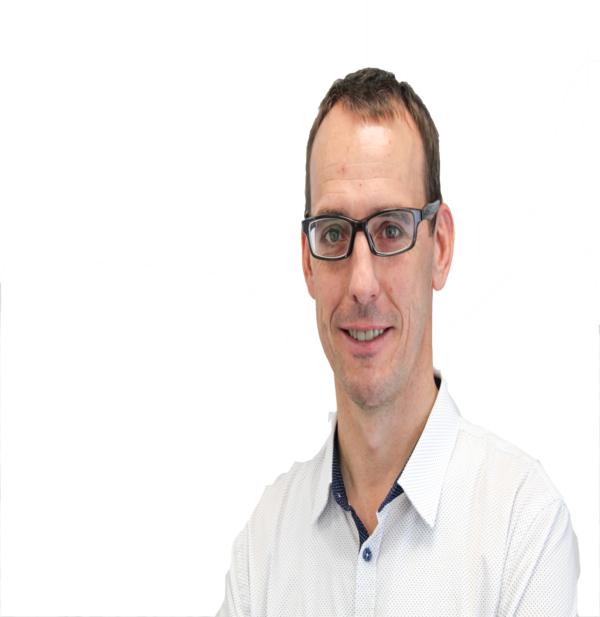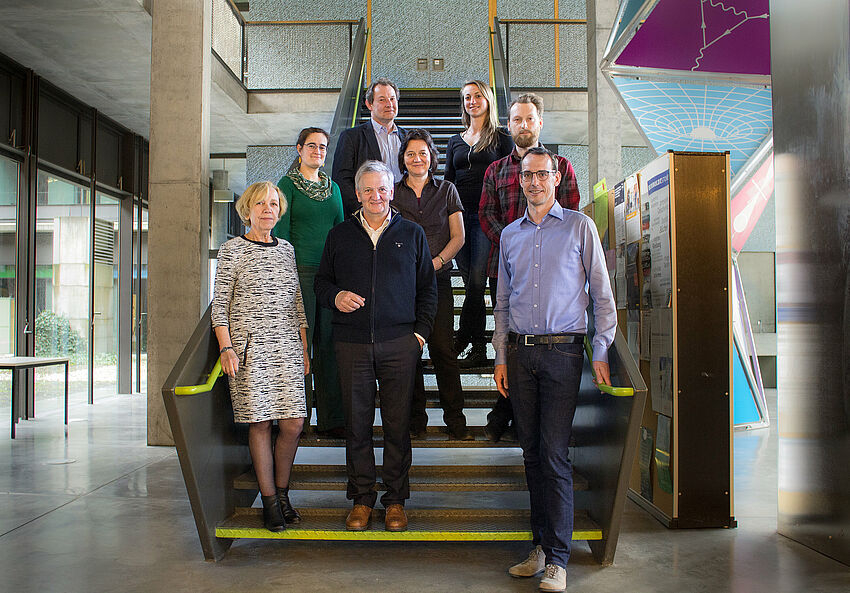Wolfram Kofler
Product Manager, Ortner Research Team

"We're in the process of making something unique even more unique."
"The long- term, resistant coupling of photosensitizers, especially on polyester fabrics, forms the core of the innovation.
This means that previous products based on this technology can be further improved and, at the same time, completely new areas of application can be opened up.
The advantages of the more effective and efficient functional fabrics could be optimally utilized, for example, in the field of textiles or clothing, as well as in the design as media-carrying air hoses or in other cleanroom technology systems such as laminar flow, light-air showers, airlocks and the like."
Frontrunner: FFG Funding for a Unique Project
The HEPS project is funded by the FFG as part of the "Frontrunner" program.
The program focuses on internationally active, successful companies that hold a top technological position.
Accordingly, high demands are placed on the project participants.
In July 2020, the technical innovations were registered as patents at the European level.
International Cooperation and Partnership
Ortner was able to win renowned national and international partners for the project:
- Institute of Physics of the Humboldt University in Berlin- partner for scientific research work; proof of singlet oxygen formation & microbiological effectiveness.
- Montanuniversität Leoben, Chair of Chemistry of Plastics- partner for scientific research work; coupling of the dye to a fabric
- Textile Research Institute "TITV" Greiz- partner for research work; ensuring fabric properties during development (wash resistance, manufacturability, etc.)
HEPS: Functionalization of Photodynamically Active Dyes on Textile Fabrics
The PDcT process developed by Ortner for the effective, microbiological inactivation of germs on surfaces offers a wide range of possible applications.
Especially in areas of workwear and textile protective articles for e.g. hospitals, medical work areas, quarantine stations, biological laboratories, care facilities, etc., self-disinfecting textiles offer a high level of protection.
In the HEPS (High Efficiency in PDI Systems) project, Ortner, together with the Humboldt University of Berlin, the University of Leoben and the Textile Research Institute "TITV" Greiz, is researching the functionalization of photodynamic, disinfecting dyes on textile fabrics.
The goal is a significant increase in disinfection performance with shorter irradiation times - for both disposable and washable reusable clothing.

Photodynamics- Technology with Potential

The basic principle of photodynamic technology (PDcT), the effective microbiological inactivation of germs on surfaces with light in combination with a photosensitizer, offers a wide range of applications.
In addition to the use of the technology in textiles or clothing and as media-carrying air tubes, there are numerous new possibilities: The reduction of germination and cross-contamination of products in the healthcare, pharmaceutical and food sectors can be realized with the help of the new technology without the use of biocides and their waste products.
This opens up approaches in the field of workwear in medicine, in the area of crisis intervention teams, in quarantine and comparable applications. Find out more Info about PDcT








 Print out
Print out